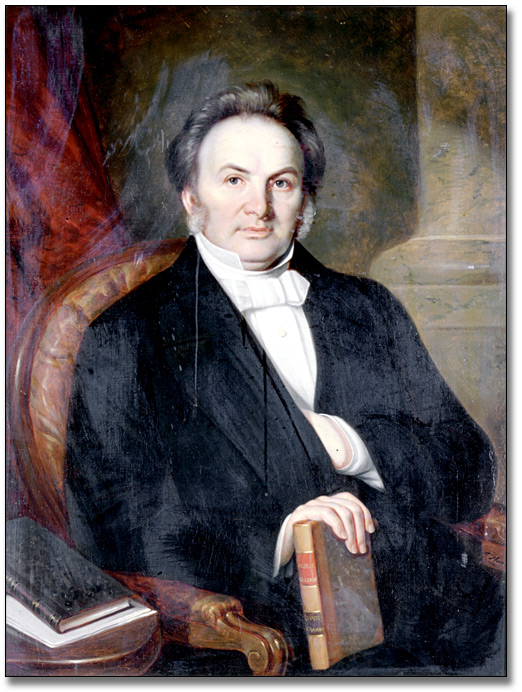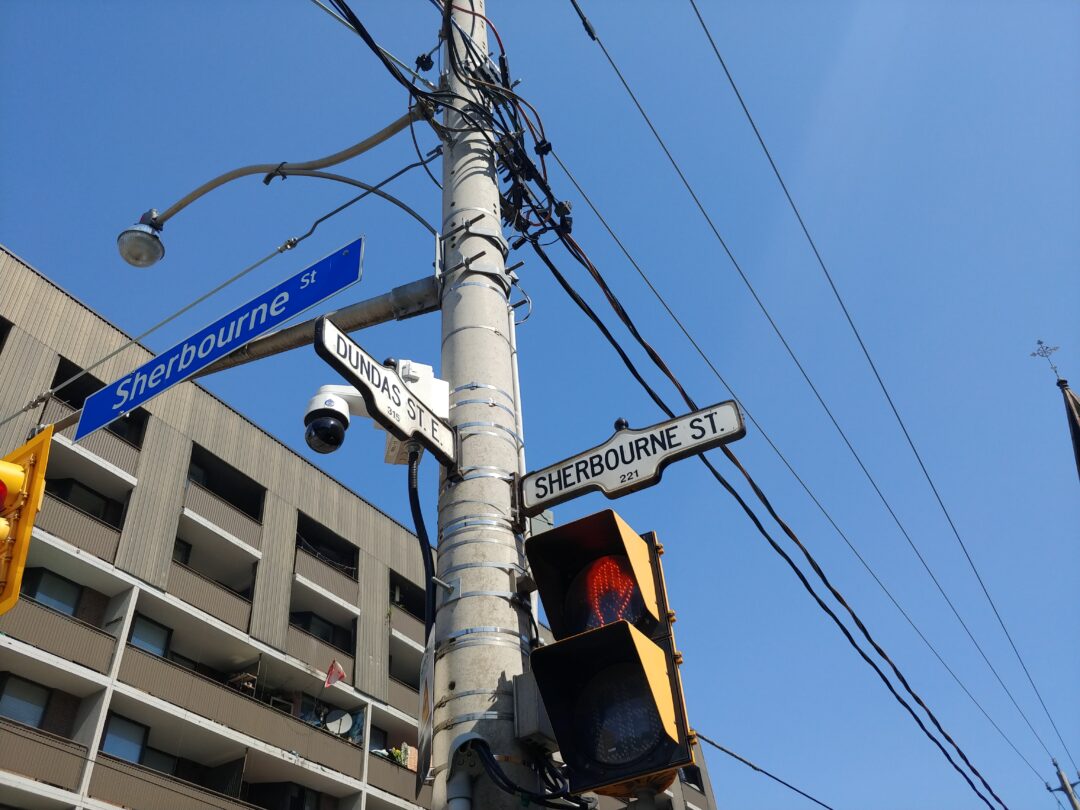By Lynn McDonald –
Not only at Toronto Metropolitan University, previously Ryerson University, but well across the country, Egerton Ryerson (1803-82) has become known as the “architect” of Canada’s harmful residential school system.
Far from it: he was pro-Indigenous. When he was a Methodist missionary to the Mississaugas of the Credit, an Ojibway chief named Ryerson a “brother” and gave him an Ojibwa name, “Cheehock.”
Born on a farm near Long Point, Lake Erie, Ryerson was a rare settler who learned an Indigenous language, Ojibway. He helped the Mississaugas with economic development—learning farming. They knew they had to switch as they had lost much of their hunting territory and white settlers encroached on their fishing. Ryerson supported both their land claims and their claim to exclusive traditional fishing rights. Governments turned them down on both.
Ryerson loved his time with the Mississaugas, as entries in his journal show:
Credit, September 16th, 1826: I have now arrived at my charge among the Indians. I feel an inexpressible joy in taking up my abode amongst them. I must now acquire a new language, to teach a new people.
Sept. 17th: This day I commenced my labours amongst my Indian brethren. My heart feels one with them, as they seemed to be tenderly alive to their eternal interests.
By September 23, however, he had a “sad circumstance” to relate. Three or four Indian men got intoxicated – by cider laced with whiskey by a “wicked white man” – and one shot himself. Ryerson presided at the funeral.
Ryerson also served Indigenous people well on his next job, as founding editor of the Methodist Church’s magazine, the Christian Guardian (much later renamed the United Church Observer). It was the highest-circulation magazine in Upper Canada (now Ontario). As editor he published many articles by Indigenous people, including reports on their own missionary travels.
On conversion to Christianity, many Indigenous people became missionaries themselves. That Methodists promoted abstention from alcohol helped; alcohol was “fire water,” the scourge of Indigenous men, who got their lives back if they gave up drink.
Stories by Indigenous authors used the Indigenous word for God, “Great Spirit,” so that settler readers learned something of their Indigenous neighbours when they read his magazine.
The process of settling down to agriculture was also called becoming “civilized.” It was not a term of disparagement, but simply descriptive of the use of permanent settlements instead of “roving” while hunting. Indigenous people themselves said they wanted to be “civilized,” not demeaning themselves but looking to the future. They knew that dependence on (depleted) hunting and fishing meant poverty and (continued) population decline. When Ryerson joined the Mississaugas of the Credit, their numbers had gone down from roughly 600 to 200.
Even those who disparage Ryerson typically credit his best-known achievement: a free public school system in Ontario, a model for the rest of the country. At a time when few white children went to school, all schools were fee-paying and none had trained teachers, Ryerson’s objectives were revolutionary. It took time, but by 1871 all the elements were in place, from compulsory elementary schools through (voluntary) high schools and teacher training.
Ryerson’s educational reforms were followed in the western provinces, so that he is known as the founder of public education in Canada. Officials in Britain were impressed as well by his reforms in Canada.
Why is this not known?
Who started the anti-Ryerson rant at Ryerson University is not known, but the administration not only supported false accusations but made up more. Students, especially Indigenous, naturally felt hurt – or even “wounded,” as they said – by seeing the Ryerson statue, given all the social media, petitions, etc., they saw that blamed him. No one in the administration ever set the record straight.
The university president in 2018 unveiled a plaque next to the statue with the erroneous claim that Ryerson’s recommendations “were instrumental in the design and implementation of the Indian Residential School System.” Yet Ryerson supported the voluntary, bilingual (Ojibway and English), day schools that Indigenous parents and leaders wanted! For three years, students, faculty and staff walked past the damning words. No wonder they wanted the statue down. If they had known how much support Ryerson, in fact, had given to their ancestors throughout his life, they would have been glad to see it.
Lynn McDonald, CM, PhD, LLD (hon), former MP, professor Emerita, University of Guelph, fellow of the Royal Historical Society





1 Comment
Thank you so much for this enlightening history. There are so many others that are incorrectly cited. John A. McDonald and others. We are unfortunately in the age of mis-information. But it is having very dire consequences.
How do we get this information to those who are making these decisions? ie; the Board of Ryerson.